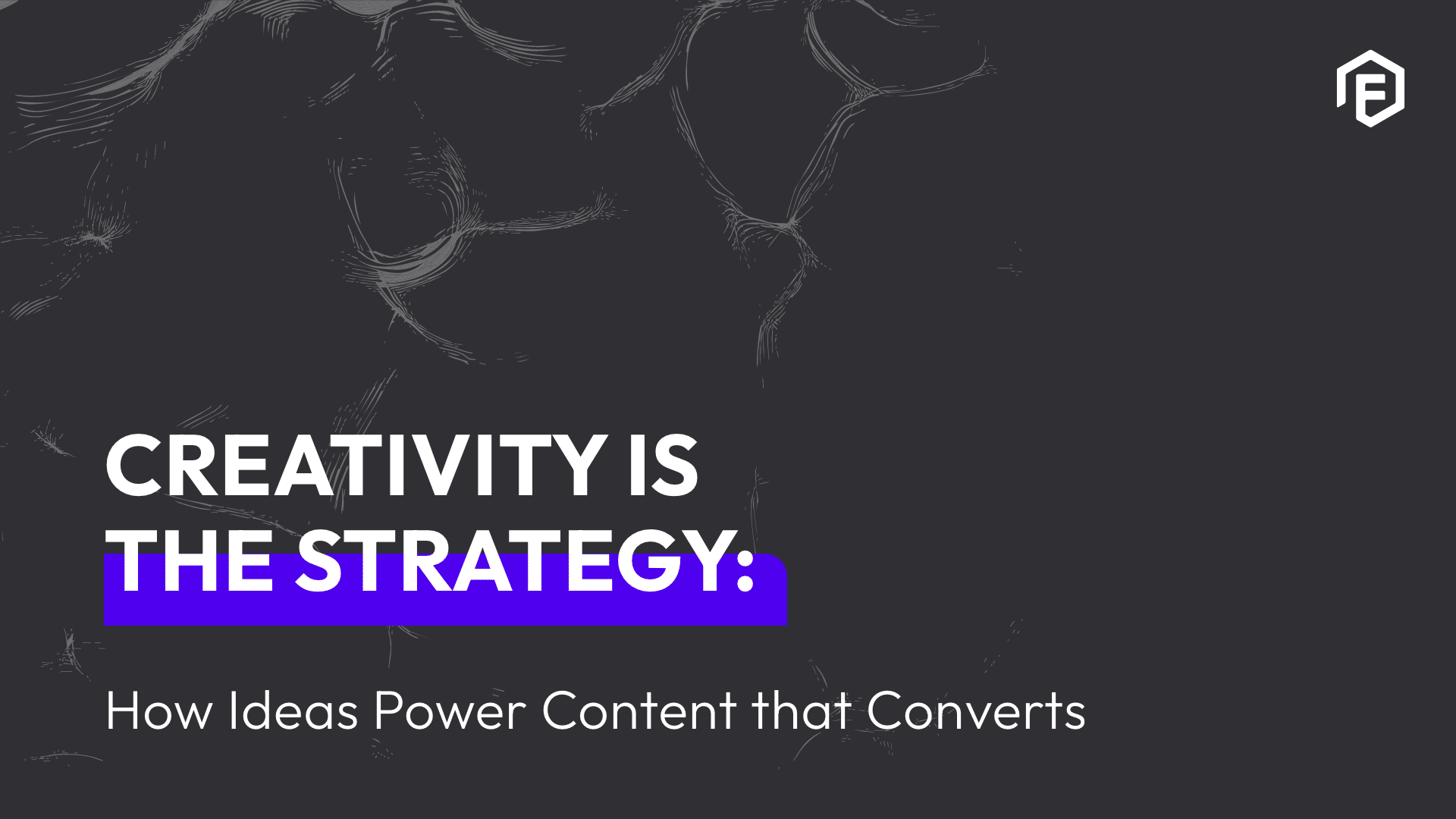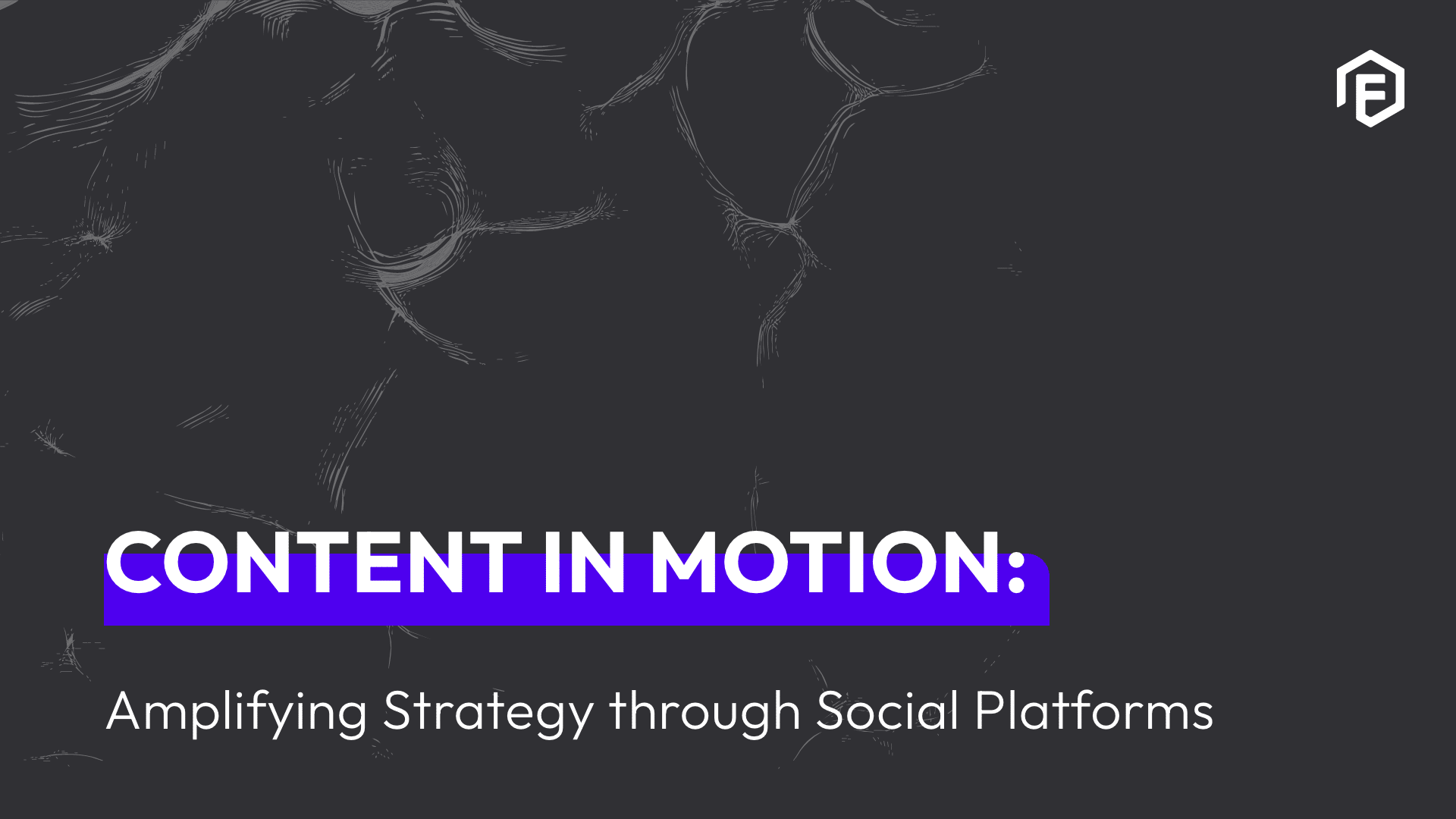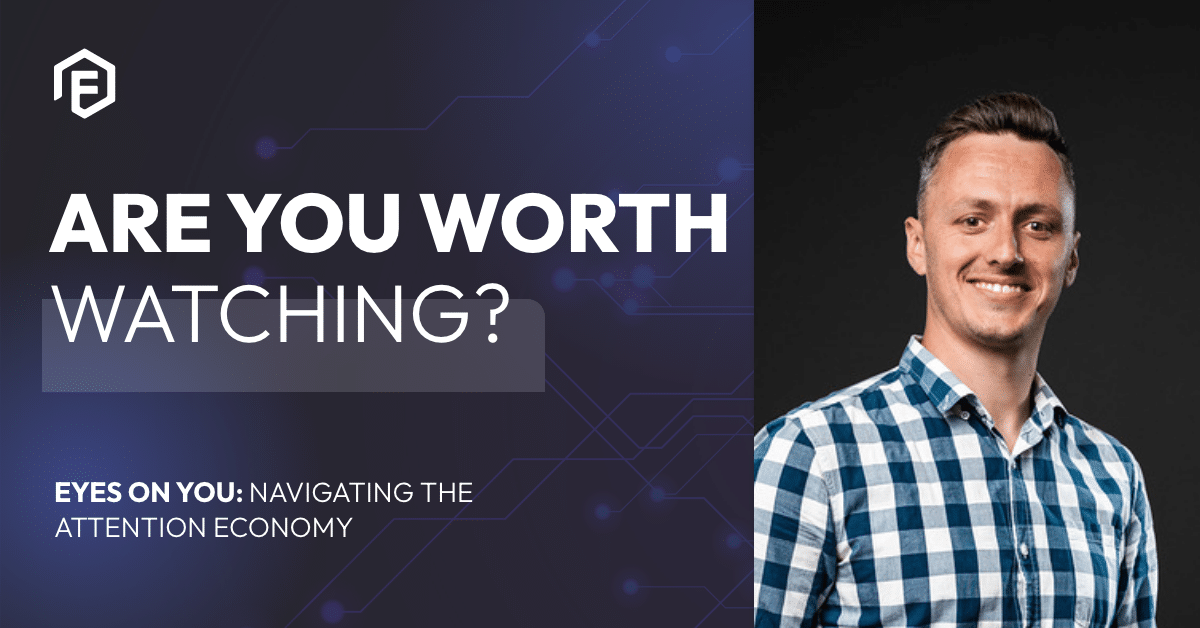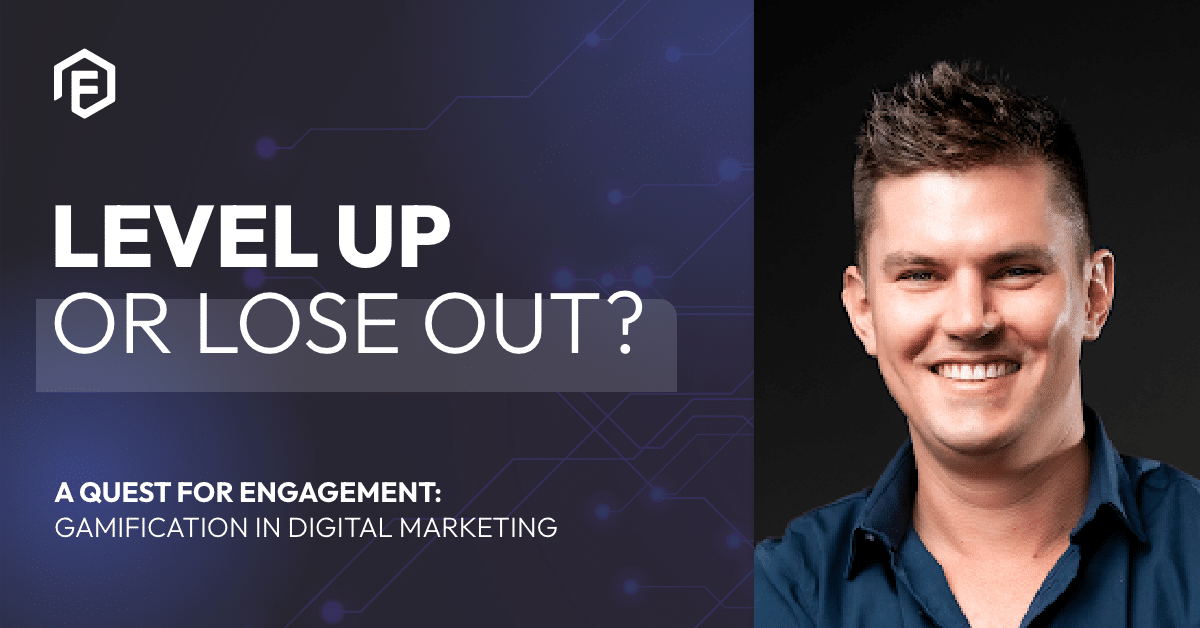It’s a common occurrence when meeting someone new to ask, “What do you do?” For most people, this is an easy question to answer. However, for illustrators, this conversation often takes an awkward turn. When I say, “I’m an Illustrator,” I’m often met with polite smiles that quickly turn into puzzled expressions. It’s understandable, though. Many people have heard the term but aren’t entirely sure what it means.

Figure 1: Jean de Wet, Brave New World, 2012. Digital Artwork. Nobrow Press, UK.
What is Illustration?
The Misconception About Illustration
The most common misconception is that illustration is merely drawing. While it does involve drawing, it’s much more than that. Some might think it’s similar to painting, which isn’t entirely accurate either. I’ve even heard someone describe it as “copying something.” This confusion highlights the difficulty people have in defining illustration.
Illustration encompasses a wide range of fields, including contemporary illustration, scientific illustration, and illustration as fine art (Viola & Gröller, 2005). Each of these areas has its own unique methods and purposes, making the discipline diverse and complex.
Defining Illustration: A Brief Overview
An illustrator receives a brief from a client outlining a concept. The illustrator’s job is to take this concept, understand it deeply, and transform it into a visual representation that communicates the intended message. This process involves choosing specific tools and techniques to materialize the concept in a way that resonates with the target audience.
Illustration is not just:
- Drawing
- Painting
- Copying something
Illustration can be:
- Visual storytelling
- Scientific visualization
- A form of fine art or commercial art

Figure 2: Abigail Goh, “Jean does not want to go. Gradually we realize this resistance is due in part to her attachment to the house, but also to the life that transpired there before Cubbie’s death.”, 2015. The New York times, USA.
Similar to designers, illustrators have to study professions that might be completely remote to illustration itself. Our work doesn’t end in the office, but rather extends to the imagery you drive passed on your way to work, the brands you observe in adverts all over sporting stadiums and even social cues you pick up on whilst watching movies or listening to music. We strengthen our trade not only through studying other creatives, but by studying our everyday surroundings. Illustrators differ from designers in that they have to take these experiences and reach a level of emotional understanding surrounding them. Overall, the significance of illustration lies within the psychology that ties together the creative and theoretical aspects involved. Illustration is ranked at only having a 4.2% chance of automation – being replaced by robots (Replaced By Robot 2018). This levels the profession within exceptional value as providing a unique method of expression that is becoming more recognised amongst large brands like The New York Times (Figure 2) and Nike (Figure 3).

Figure 3: Karabo Poppy Moletsane, Nike Football Training Centre Mural in Soweto, JHB, 2017. 200m, designed digitally and then painted. Nike Football Training Centre, ZA.
From what I’ve seen; illustrators need to have – at the very least – a strong passion, slight desire for rebellion and an ambiguous strain of empathy towards that which is often overlooked. Conclusively, illustration is not a profession that is to be clearly defined, but rather an experience that is to be felt. Furthermore, this feeling cannot be owned by neither the illustrator nor the viewer as it exists only periodically for the illustrator to capture and pass over. The illustrator uses parts of themselves for the embodiment of this feeling and its sharing with others. The beauty is evident in the vast sphere of interpretation surrounding each creation as there is no right or wrong perspective, only a communication that is to be received.

Figure 4: Max Prentis, Early Morning, 2016. Digital artwork. Artwork in possession of author.
——
Contributors
Martin Roberts
I would define illustration as I would any other type of visual medium, be it traditional graphic design, typographic, or even user interface (or human interface) design. For each of them, the aim is the same: to communicate a message. In the case of illustration, however, there is more play involved. More freedom to bend grids and structure and even function. When done well, it is in my opinion, the most beautiful medium there is to display a message, evoke a response or call someone to action. Illustration has the potential to stir emotion and tap into something deeper within all of us. The same cannot always be said for an ad on social media or a full-page newspaper spread.

Figure 5: Martin Roberts, Sand Type. Stop Motion.
Firstly; illustration, design and fine art are more like close family members than strangers jostling for a position in a starting team. I’ve seen more than a few incredibly well done, responsive websites with the heavy use of illustration interwoven in all the pages. The sites are a joy to behold and navigate through, and importantly, the information I arrived there for was consumed. Outside of a predetermined CI, the view I try and take on a project-to-project basis is: can illustration – which could include iconography, hand-lettering, character design, pen and pencil drawing or digital line work – be used or combined with a visual treatment to better the overall layout? The key, however, is often less about adding to, and more about what to leave off of a particular spread.
As an individual, it is important because it adds to one’s skill-set and repertoire. Within an agency, it is important because one has more scope of jobs and clients to work on. Directors know this as well, so one is more likely to get asked to collaborate on other tasks. Beyond this, it seems that brands are more willing than ever to take the medium of illustration seriously. Now, not every corporate may need a campaign laced with illustrative messaging, but I strongly believe every corporate benefits from having a creative working on their brand, who sees things a little bit different to other creatives who are perhaps trained in a more formal thought process or having a more structured design approach.
Nina Torr
I would define illustration as anything that gives visual form to an idea/image.
I am not too concerned with the making too clear a distinction [between illustration, fine art and design], as I quite enjoy the grey areas between these fields. I suppose I feel if an image can stand on its own then it edges closer to art. But then again, I think a good design can also be considered art. Context and luck appear to play large roles in how we define these things.
I feel illustration gives form to mental images that otherwise wouldn’t be shared with the world. I see it as a way of taking part in and communicating the process of making sense of the world.

Figure 6: Nina Torr, It Seemed Better That Way, 2017. 60cm x 35cm, Digital print on Hahnemühle. Artwork in session of author.
Maaike Bakker
Illustration is a discipline which is based on the crafting of images which are aimed at evoking narratives or communicating ideas.
I believe illustration is informed by fine art as well as design. The discipline therefore can be regarded as perfectly bridging the gap between these two fields. Illustration is, by nature, an experimental discipline which requires an explorative process in which concepts are communicated in various ways. The illustrator, just like the artist and designer needs to therefore engage with the intention of their work which informs the output.
Illustration is a form of communication, which enables a better understanding amongst people. Therefore it is an important and more relevant than ever discipline.
Maggie de Vos
I always place illustration in two categories. The first is commercial illustration, which I define as image-making that serves a purpose for pragmatic communication that stretches beyond the bounds of language. It serves the same function as design but has the ability to be more information-rich and dynamic. The second is contemporary illustration, which serves a purpose that relates more to fine art, in that it unfolds in the same kinds of spaces (galleries, museums, homes). I think of contemporary illustration as being more experimental in nature and having less of an applied function and more of an emotive one.

Figure 7: Make Bakker,Whatever, Man, 2018. Digital artwork. Artwork in session of author.
I think illustration is important because of its capacity to communicate and connect people through shared experience. We learn to solve visual problems long before we learn to solve written or verbal ones, and because of that I think illustration has a great potential to communicate many messages, to many audiences, in a single second.

Figure 8: Maggie de Vos,Kom, Baba, 2018. Digital artwork. Artwork in session of author.
Miranda Zimmerman (Faunwood)
I think the general definition of illustration is a piece of work that is meant to explain, interpret, decorate, or accompany a concept or a piece of writing. I’ve seen it described as the more “commercial” side of art, but I’ve never really seen it that way. I have always used “illustration” interchangeably with drawing, water coloring, inking, or painting regardless of the intent or final application!
I try not to get too bogged down with these distinctions [between illustration, fine art and design], as I think it can get in the way of allowing yourself to be free with your work and pushing boundaries! A lot of traditional fine art utilises oil and acrylic paints, but I think these lines are blurring and we are seeing more “illustration” in the fine art world.
In my own line of work, science illustration is monumentally important, because it can help visually explain concepts that can’t otherwise be photographed! Even though science illustration has “illustration” in the name, I still consider my personal work (creature design and visual storytelling) to also be art and illustration.

Figure 9: Miranda Zimmerman, Illusory, 2018. Giclée Print. Artwork in session of author.
Lize-Marie Dreyer (Aurora Creative Studio)
Illustrations are visuals created for the purpose of explaining, complimenting or interpreting a text or a concept. They are best used when paired with graphic design media, like posters, packaging, books, etc. Contemporary illustrators use a plethora of styles and techniques ranging from traditional mediums like print-making and painting to modern digital mediums like Photoshop and 3D modelling.
I believe that illustration and design are made for each other, whereas fine art stands apart from these two. In the art world, illustration and graphic design have often been seen as less important than fine art. However, I’ve never seen it this way. Fine Arts main purpose is to make art to sell and exhibit in galleries, whereas Illustration, alone and paired with graphic design is used in a much more widespread way – it can make or break a brand, communicate messages and engage a global market.
For centuries people have used images and symbols to help explain complex cultural and social messages. Today illustrators use illustration for the same purpose. Illustration conveys new ideas, draws attention and creates meaning for the viewer. It can invoke trust in a brand, express a mood or feeling and can be tailored to suit a message or an audience. In essence, illustration is essential for communication, and that is why it is important.

Figure 10: Aurora Creative Studio,Festifeel 2016 Poster, 2016. Artwork in session of author.
BIBLIOGRAPHY
American Art Archives. 2003. What is “Illustration” and Why does it Irritate the Intelligentsia So? http://americanartarchives.com/what_is_illustration.htm (Accessed 16 July 2018).
Aurora Creative Studio. 2018. Festifeel 2016 Poster. http://weareaurora.com/work/festifeel-2016-poster/ (Accessed 16 July2018).
Behance. 2015. “Jean does not want to go. Gradually we realize this resistance is due in part to her attachment to the house, but also to the life that transpired there before Cubbie’s death.”. https://www.behance.net/gallery/28316903/NYtimes-Book-Review (Accessed 16 July2018).
bechance. 2016. Early Morning. https://www.behance.net/gallery/41961303/Early-morning-work-in-progress (Accessed 16 July 2018).
Behance. 2017. Nike Football Training Centre Mural in Soweto. https://www.behance.net/gallery/57568723/200m-Wall-Mural-Nike-Football-Training-Center-(JHB) (Accessed 16 July 2018).
Behance. 2018. It Seemed Better That Way. https://www.behance.net/gallery/58692239/It-Seemed-Better-that-Way (Accessed 16 July 2018).
Behance. 2018. Kom, Baba. https://www.behance.net/gallery/65390509/Limbo (Accessed 16 July 2018).
Behance. 2018. Whatever, Man. https://www.behance.net/gallery/61943085/WHATEVER-MAN (Accessed 16 July 2018).
Faunwood. 2018. Illusory. https://faunwood.myshopify.com/collections/prints/products/illusory-giclee-print (Accessed 16 July 2018).
Instagram. Sand Type. https://www.instagram.com/p/BIH45owAV5d/?taken-by=martinrgraphics (Accessed 16 July 2018).
Jean de Wet. 2018. Brave New World. https://www.jeandewet.com/post/1722/nobrow7bnw/ (Accessed 16 July 2018).
Replaced By Robot. 2018. Will “Illustrator” be Replaced By Robots? https://www.replacedbyrobot.info/15665/illustrator (Accessed 16 July2018)
Viola, I & Gröller, M. 2005. Smart Visibility in Visualisation. Austria: Vienna University of Technology.
American Art Archives. 2003. What is “Illustration” and Why does it Irritate the Intelligentsia So? http://americanartarchives.com/what_is_illustration.htm (Accessed 16 July 2018).
Aurora Creative Studio. 2018. Festifeel 2016 Poster. http://weareaurora.com/work/festifeel-2016-poster/ (Accessed 16 July2018).
Behance. 2015. “Jean does not want to go. Gradually we realize this resistance is due in part to her attachment to the house, but also to the life that transpired there before Cubbie’s death.”. https://www.behance.net/gallery/28316903/NYtimes-Book-Review (Accessed 16 July2018).
bechance. 2016. Early Morning. https://www.behance.net/gallery/41961303/Early-morning-work-in-progress (Accessed 16 July 2018).
Behance. 2017. Nike Football Training Centre Mural in Soweto. https://www.behance.net/gallery/57568723/200m-Wall-Mural-Nike-Football-Training-Center-(JHB) (Accessed 16 July 2018).
Behance. 2018. It Seemed Better That Way. https://www.behance.net/gallery/58692239/It-Seemed-Better-that-Way (Accessed 16 July 2018).
Behance. 2018. Kom, Baba. https://www.behance.net/gallery/65390509/Limbo (Accessed 16 July 2018).
Behance. 2018. Whatever, Man. https://www.behance.net/gallery/61943085/WHATEVER-MAN (Accessed 16 July 2018).
Faunwood. 2018. Illusory. https://faunwood.myshopify.com/collections/prints/products/illusory-giclee-print (Accessed 16 July 2018).
Instagram. Sand Type. https://www.instagram.com/p/BIH45owAV5d/?taken-by=martinrgraphics (Accessed 16 July 2018).
Jean de Wet. 2018. Brave New World. https://www.jeandewet.com/post/1722/nobrow7bnw/ (Accessed 16 July 2018).
Replaced By Robot. 2018. Will “Illustrator” be Replaced By Robots? https://www.replacedbyrobot.info/15665/illustrator (Accessed 16 July2018)
Viola, I & Gröller, M. 2005. Smart Visibility in Visualisation. Austria: Vienna University of Technology.



